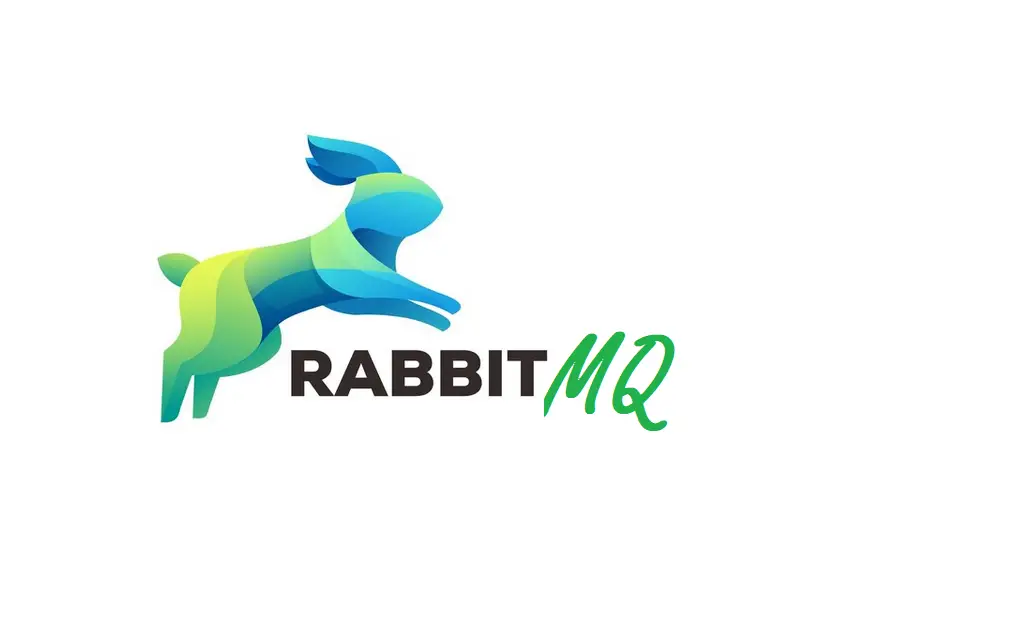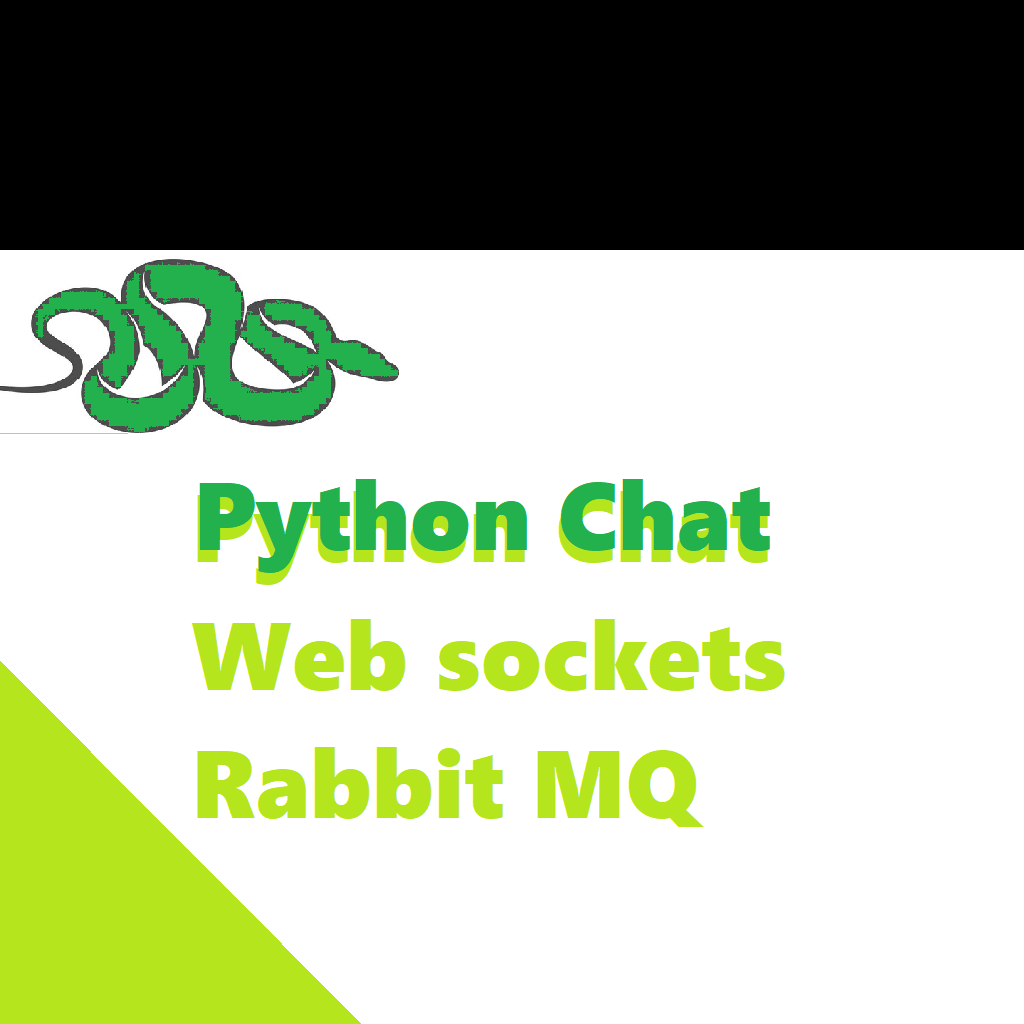RabbitMQ: An Introduction to a Popular Message Broker
RabbitMQ is designed to efficiently handle messages, allowing different software applications to communicate with each other. It does this by sending, receiving, and storing messages in a reliable and scalable way. Essentially, RabbitMQ serves as a middleman that helps manage the flow of messages between different systems, ensuring that messages don’t get lost and that they are delivered in the correct order. The design also allows for flexibility, so it can work in small setups or large, complex environments.
RabbitMQ is an open-source message broker designed to facilitate communication between different software applications or services. It serves as a middleman, helping messages get from one point to another reliably, quickly, and efficiently. In this article, we’ll explore what RabbitMQ is, why it’s used, and how it can benefit your software architecture. It uses the Advanced Message Queuing Protocol (AMQP) to manage the flow of messages. If you’re new to RabbitMQ, this guide will explain what it does, why it’s useful, and how it can help you build scalable and reliable software. It’s a key part of many modern applications, especially those built with microservices. This article will explore what RabbitMQ is, how it works, and why it’s useful for developers.

Table of Contents
Using RabbitMQ in Software Development
Sending triggers to rabbit MQ using C#.
Sending Triggers to RabbitMQ..
What is RabbitMQ?
At its core, RabbitMQ is a system that moves messages from one place to another. These messages can contain various types of data, such as text, numbers, or JSON objects, depending on what you need to communicate. RabbitMQ makes sure that these messages get where they’re supposed to go, even if the system experiences issues like network disruptions or crashes. RabbitMQ is a tool that manages the sending, receiving, and queuing of messages between different applications or components. Think of it as a postal service for software, where messages are like letters that need to be delivered to the right place at the right time. RabbitMQ ensures these messages are sent reliably and in the correct order.
Why Use RabbitMQ?
In software development, it’s common to have multiple components or services that need to communicate. For example, you might have a web application that talks to a database, an email service, and a logging system. RabbitMQ allows these different components to communicate asynchronously, meaning they don’t have to be directly connected or wait for each other to respond.
This asynchronous communication has several benefits:
- Decoupling: Services don’t need to know about each other directly. They send and receive messages through RabbitMQ, reducing dependencies between them.
- Scalability: RabbitMQ can handle a lot of messages at once, making it suitable for systems that need to grow or handle high traffic.
- Reliability: RabbitMQ ensures messages are delivered, even if something goes wrong. It can store messages temporarily if a service is unavailable and resend them when it’s back online.
- Flexibility: RabbitMQ supports various messaging patterns, allowing you to design your system in a way that best suits your needs.
How Does RabbitMQ Work?
RabbitMQ uses a system of queues, exchanges, and bindings to manage messages.
- Queue: This is where messages are stored before they are processed. Think of it as a waiting room for messages.
- Exchange: This decides where messages should go. It can send messages to one or more queues based on certain rules.
- Binding: This connects an exchange to a queue, telling RabbitMQ how to route messages.
When an application sends a message, it goes to an exchange. The exchange then decides which queue to send it to. This flexibility allows RabbitMQ to support different messaging patterns, like sending messages to a specific application or broadcasting to many at once.
Using RabbitMQ in Software Development
Developers use RabbitMQ in various scenarios, including:
- Microservices: RabbitMQ is commonly used to connect different microservices. Each microservice can send and receive messages through RabbitMQ, allowing them to work together without being directly connected.
- Event-Driven Architectures: In these systems, events trigger certain actions. RabbitMQ helps by managing the flow of events, ensuring that they reach the right components.
- Task Queues: RabbitMQ can be used to manage tasks in a distributed system. Applications can send tasks to a queue, and workers can process them. This is useful for handling background tasks or load balancing.
Benefits of RabbitMQ
RabbitMQ offers several benefits:
- Reliability: It ensures that messages are delivered, even if there’s a failure. This makes it a great choice for systems that need to be resilient.
- Scalability: RabbitMQ can handle a large volume of messages, making it suitable for both small and large systems.
- Flexibility: It supports different messaging patterns, allowing developers to use it in various scenarios.
- Interoperability: RabbitMQ works with many programming languages and frameworks, making it a versatile choice for diverse software environments.
Setting Up RabbitMQ
To use RabbitMQ, you need to set up a RabbitMQ server. This can be done on a local machine or in a cloud environment. Once the server is running, you can connect to it using a client library. These libraries are available for many programming languages, like Python, Java, and JavaScript.
Here’s a simple example of sending a message with RabbitMQ in Python:
import pika
# Connect to RabbitMQ server
connection = pika.BlockingConnection(pika.ConnectionParameters(‘localhost’))
channel = connection.channel()
# Create a queue
channel.queue_declare(queue=’example_queue’)
# Send a message
channel.basic_publish(exchange=”, routing_key=’example_queue’, body=’Hello, RabbitMQ!’)
print(“Message sent”)
# Close the connection
connection.close()
This code snippet shows how to connect to a RabbitMQ server, create a queue, and send a message to it. You can then write another program to receive and process these messages.
Sending triggers to rabbit MQ using C#
Sending triggers to RabbitMQ using C# involves setting up a connection to a RabbitMQ server, creating a channel, and then sending messages that act as triggers to specific queues. Here’s a step-by-step explanation to help you understand how to do this. RabbitMQ is a messaging system that allows different parts of a program, or even separate programs, to communicate. When you “trigger” something, it usually means you want to send a message that causes an action to happen somewhere else.
Setting Up RabbitMQ in C#
Before you can send triggers to RabbitMQ, you need to set up RabbitMQ on your system and ensure it’s running. You can download it from the RabbitMQ website and follow the installation instructions.
Next, in your C# project, you need to install a library to communicate with RabbitMQ. The most common one is RabbitMQ.Client. You can add it to your project using NuGet Package Manager in Visual Studio or by editing your project file.
Sending Triggers to RabbitMQ
To send a trigger (or message) to RabbitMQ, you first connect to the RabbitMQ server. Then you create a “channel,” which is like a communication line. After that, you choose which “exchange” and “queue” to use, and finally, you send your message.
Here’s a simple C# example that demonstrates this process:
using RabbitMQ.Client;
using System;
using System.Text;
class Program
{
static void Main(string[] args)
{
// Connect to the RabbitMQ server
var factory = new ConnectionFactory() { HostName = “localhost” }; // change “localhost” if RabbitMQ is on a different server
using var connection = factory.CreateConnection();
using var channel = connection.CreateModel();
// Declare a queue (creates it if it doesn’t exist)
channel.QueueDeclare(queue: “my_trigger_queue”,
durable: false,
exclusive: false,
autoDelete: false,
arguments: null);
// Create the message to send
string message = “Trigger Event”;
var body = Encoding.UTF8.GetBytes(message);
// Send the message to the queue
channel.BasicPublish(exchange: “”,
routing_key: “my_trigger_queue”,
basicProperties: null,
body: body);
Console.WriteLine($”Sent: {message}”);
}
}
Breaking Down the Example
- Connection: You start by creating a connection to the RabbitMQ server. In this example, it’s set to
localhost, but you can change it to the server’s address if RabbitMQ is running elsewhere. - Channel: Next, you create a channel, which is like a pipeline through which your messages will travel.
- Queue: You declare a queue to ensure it exists. The queue is where your message will end up.
- Message: You create a message
Conclusion
RabbitMQ is a powerful tool for managing messages between different software applications. It is reliable, scalable, and flexible, making it ideal for various scenarios. Whether you’re building microservices, event-driven systems, or task queues, RabbitMQ can help ensure smooth communication. If you’re new to RabbitMQ, start with simple examples and explore its features to see how it can benefit your software projects.




